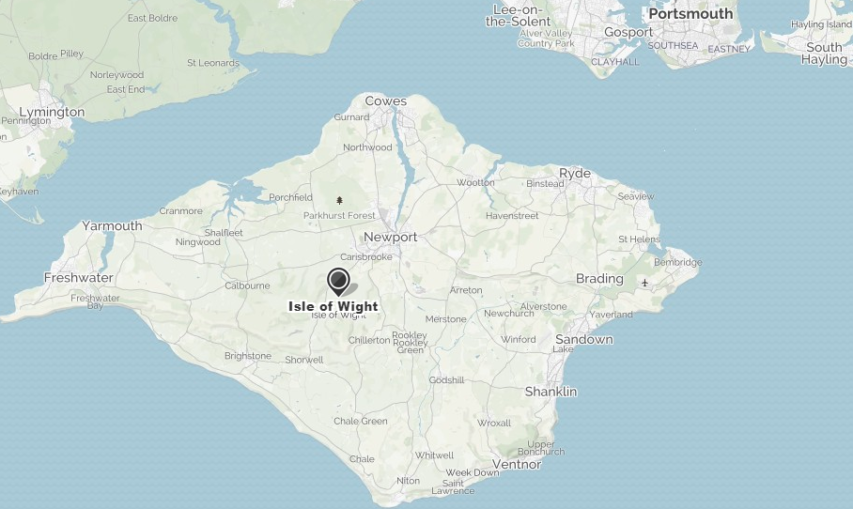Ted Campbell explains why he feels the complex and cumbersome system used by the US Army (and derived from the US experience of raising, training, and running a vast army in WW2) is not well suited to the much smaller Canadian Army, yet has become the “way things are done” in Canada:
The problem, as I see it, with the American command and control system is that it is totally systematic. This is born, to some degree, out of the practical necessity that the US faced in the 1940s when it fielded a force of over 15 million men and women but it, systematic management, became something akin to a cult when Robert McNamara, who had been a pioneer of systems analysis in the US Army Air Corps in World War II and was recruited to be one of Henry Ford II’s Whiz Kids who would use those tools to help reshape American industry in early the post war years, became President John Kennedy’s Secretary of Defence (1961 to 1968). He reshaped the US military using systematic management as his main tool. It works for the administrative management of very, very large organizations … it, American style systematic management, may not work as well as many would hope, but it can, and did, bring order, to a very large enterprise. But it stifles individuality and initiative, which are essential for command ~ even, I have read, American unconventional forces are forced into a very conventional systematic matrix.
Systematic management requires a great deal of rote learning and adherence to doctrine. There is a “school solution’ to every problem and that is the one that second lieutenants and lieutenant generals, alike, are required to offer … there is little room for, say, a Robert Rogers, T.E. Lawrence, Orde Wingate or David Sterling … and, in fact, even the missions of the much discussed US Seal Team 6 seem carefully managed by check lists and risk analysis and other tool of the systems analysts. The notion, as one American special forces commander had, for example, of using local animal transport in Afghanistan in 2001, remains unpopular: systems analysis says that only the latest technology can be employed and officers who break the rules do not become generals because riding horses, rather then helicopters, is not the “school solution.” The fact that it worked didn’t really matter because it violated the process.
Why does Canada follow along, uncritically?
First: we, our military, has long had a “colonial” mindset. Until the 1950s we were, for most intents, a sub-set of the British military. It went beyond “buttons and bows” (scarlet mess jackets and the same rank badges, and so on) and included important traditions, like the regimental system, tactical doctrine and equipment. Canadian officers, especially, served, often, in the British Army, in jobs up to and including (during my service) a Canadian major general serving as commander of a British division that was “on the front line” in West Germany, and attended British training courses. In the 1970s we began to shift, more and more, to be a sub-set of the American military and many Canadian generals have served in senior (but generally powerless) “exchange” postings as deputy commanders of large American formations. They come home deeply influenced by the “American way.” The same things happen to Australian and British generals. The American aim is to have all its allies adopt its systematic approach which will make interoperability (by which the US means doing what they want their way) simpler. Exchange postings, as they are called, with other forces are never bad things, not even when the lessons we learn are the wrong ones … IF we understand what we are learning. My complaint with Canadians serving in senior “exchange” posts with the US military is that the post are less about exchanging information and ideas (learning from each other) and more about indoctrinating Canadians (and Australians and Brits) with US ideas about command and control and organization and management which, to my mind, anyway, are less than useful.




